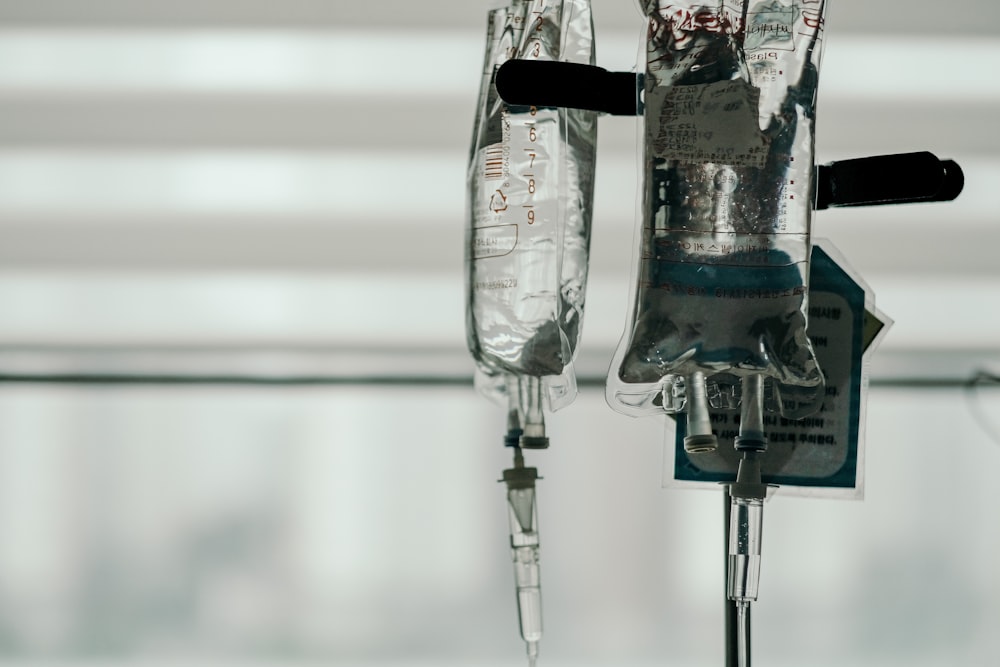Scientists in Japan have accomplished a major breakthrough in the area of observing stem cell differentiation in the lab. If the breakthrough turns out to be as important as first expected, it will play a significant role in moving stem cell therapy and research forward. It could be the very breakthrough we need to be able to eventually create an industry for mass manufacturing of replacement tissues and organs.
Researchers at the RIKEN Quantitative Biology Center have discovered a way to combine machine learning and microfabrication in order to observe stem cell differentiation in a tightly controlled environment. More importantly, researchers used human mesenchymal stem cells (MSC) in their research. Those cells are the current foundation of most stem cell applications.
Shortfalls of Observational Techniques
In order for researchers to figure out how to use MSCs to generate new tissue, they have to be able to observe how those cells function in a regenerative environment. Clinically, this involves observing the differentiation process. Researchers have to be able to observe how cells react to stimuli in order to differentiate from one tissue type to the next.
Unfortunately, there are a number of shortfalls linked to the observational techniques that researchers currently employ. There are two such shortfalls that immediately come to mind:
effective differentiation requires samples to remain in tightly controlled spaces; and
the process of observing differentiation and classifying the resulting cells takes a lot of time.
Microfabrication techniques utilized by the researchers addressed the spatial issues while machine learning answers the concerns relating to time. With the RIKEN solution, stem cell samples can be effectively confined on a micro-cast for extended periods of time. These micro-casts are relatively easy to use and highly reproducible at the same time.
Differentiation the Key That Unlocks the Future
How important is the observation of stem cell differentiation? According to Utah-based Apex Biologix, it is the key that unlocks the future of stem cell therapy. Right now, stem cell therapies being used by clinicians to treat orthopedic injuries and chronic pain are limited. Stem cells are harvested only from the patients they will be used to treat, and only for specific applications. The goal is to move beyond such limits.
Through observation of cell differentiation, researchers hope to be able to eventually come up with more generic stem cell samples that could be used to generate any kind of tissue for virtually any type of procedure. So far that goal has been elusive due to the limits of observational techniques. Hopefully, the new RIKEN research changes that.
Potentially Endless Possibilities
Imagine a day when scientists can build a micro-cast, observe how stem cells differentiate, and classify and divide those cells to create new micro-casts targeted to specific tissues. The possibilities seem virtually endless. It would be like giving a carpenter unfettered access to a fully stocked lumberyard and telling them to go build whatever he wants.
We are still years off from being able to mass produce replacement tissue and organs via stem cell therapy. But we are getting closer. And now that we may have a new way of observing stem cell differentiation in a controlled environment over time, we could be closer than anyone really knows.
Stem cell differentiation is the biggest hurdle to reaching our regenerative medicine goals. The RIKEN researchers may have overcome that hurdle. Let’s hope it has. If so, we should begin to see the fruits of their labors in the very near future with accelerated efforts to create a manufacturing process for human tissue and organs.

